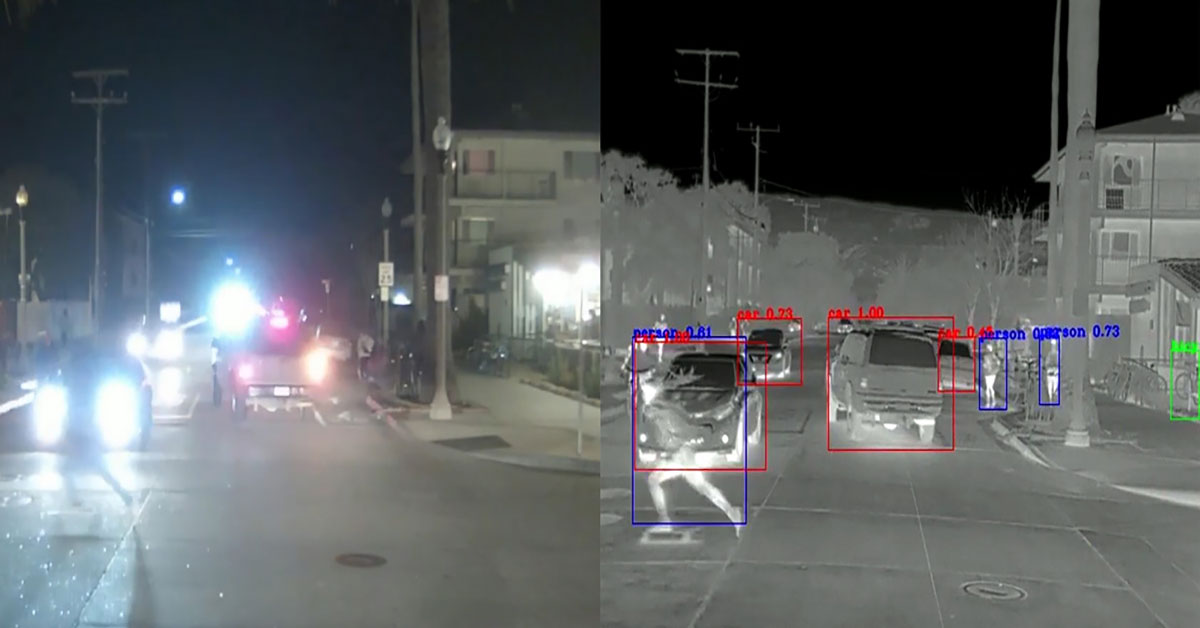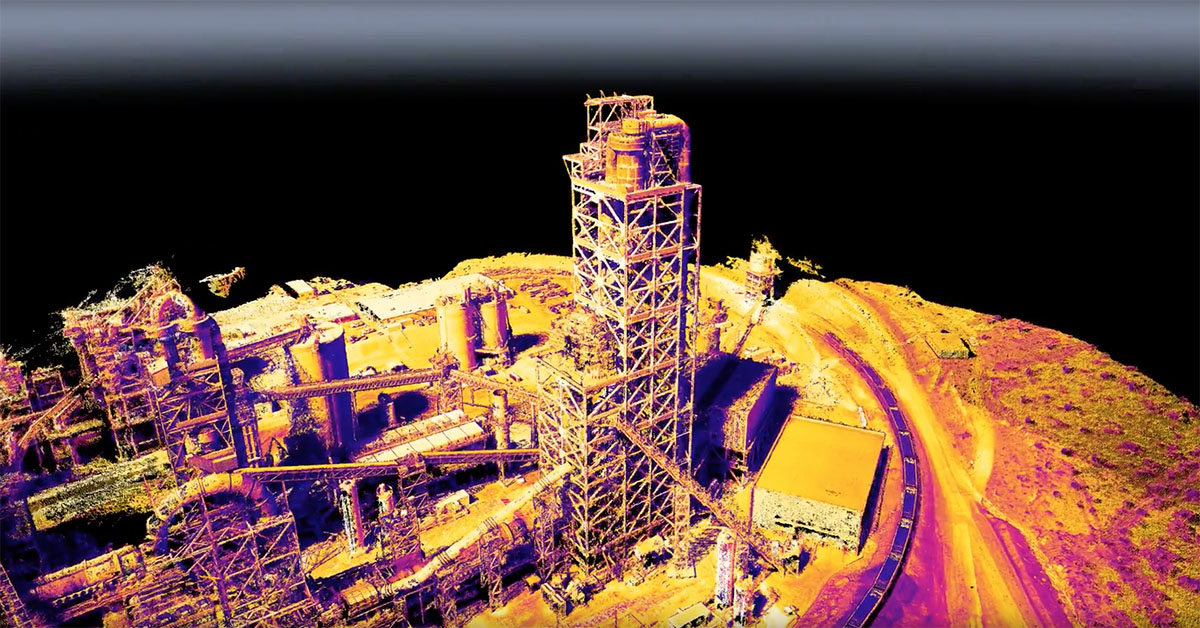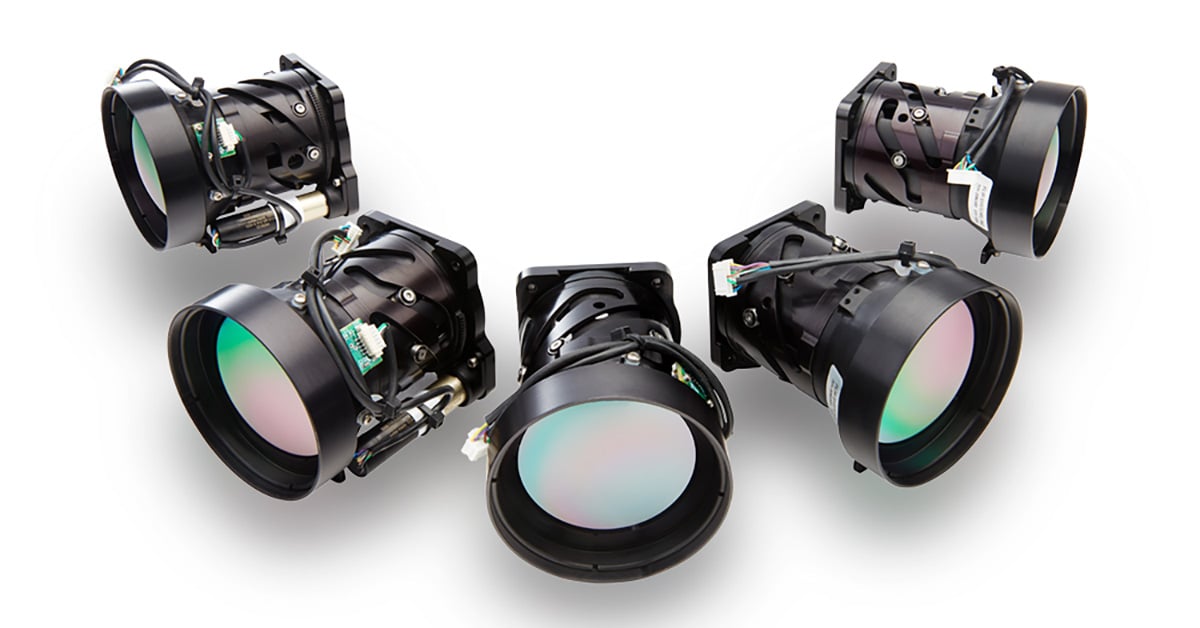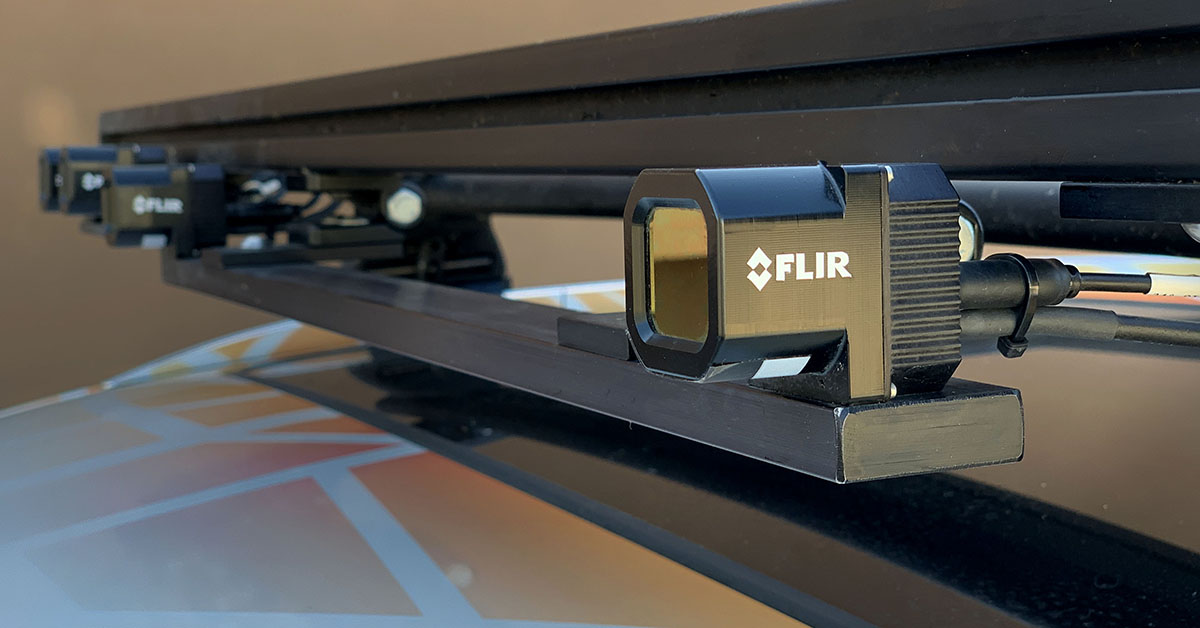Four Reasons Why Thermal Imaging Sensors are Ideal for Autonomous Driving Vehicles

You might be surprised to learn that FLIR’s thermal imaging sensors are integrated into some of world’s finest vehicles. Cadillac, Audi, BMW and Porsche have for years included our sensors in their night vision packages to help improve driver awareness and safety.
Today, autonomous or driverless vehicles are in the news every day. Their potential to disrupt the way we travel and transport goods promises to be world-altering, and the use of sensors, including FLIR’s own thermal imaging sensors, will be critical in helping innovate this promising industry.
Autonomous vehicles rely on a system of sensors that include radar, LIDAR (light detection and ranging), and visible light cameras to aid driving, navigation, and situational awareness. Thermal imaging sensors bring several added benefits to existing visible cameras and sensors that complement an autonomous driver assisted system (ADAS), including:
- Vision Night and Day – Although thermal imaging allows drivers to see the same regardless of the lighting conditions, you appreciate its value most when it’s completely dark. Hot objects stand out, making it easier to detect and avoid people, animals and objects. At night oncoming headlights can create issues for visible cameras; as can glare in daylight. Thermal is immune to lighting conditions, and sees beyond headlights.
- Improved Classification – One of the great benefits is the ability to see people and animals in a cluttered environment. Imagine you’re driving and a person is standing at a crosswalk while cars and bikes drive by. That person clearly stands out to a thermal sensor. Now imagine that a driverless car has that same ability to sense heat-radiating from living objects, allowing a driverless system of sensors to work together to avoid these objects.
- Better Together – In driverless cars, sensors replace humans as decision makers. No one sensor type can substitute for a human mind, so these vehicles use multiple sensors in concert. For instance, when paired with a visible camera, a thermal sensor offers ‘orthogonal detection.’ That’s a fancy way of saying that they work together to better visualize the area around a car.
- Reliability and Safety – The ability to detect heat using FLIR thermal imaging sensors has proven beneficial to the auto industry and its human drivers for over a decade. Now with the advent of driverless cars, the ability to leverage this experience has massive potential to improve safety.
To learn more about the benefits of thermal imaging for driverless cars, visit FLIR.com/ADASPrimer and download the whitepaper, Thermal Imaging in Advanced Driver Assist Systems (ADAS).


